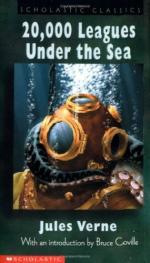|
This section contains 1,534 words (approx. 6 pages at 300 words per page) |

|
Overview
The Renaissance, a period of immense cultural change during the fourteenth, fifteenth, and sixteenth centuries, contributed greatly to learning. During this time, the knowledge of anatomy grew significantly, an advance that contributed more to basic understanding than to improving health. The working of the female reproductive system was particularly shrouded in mystery and superstition. Anatomists generally assumed that male and female anatomy were exactly alike except for the childbearing function. When taboos against dissection began to be lifted, anatomists were still slow to recognize the significance or the function of the various discoveries.
Gabriele Falloppio (1523-1566), a student of Andreas Vesalius (1514-1564), explored the fields of urology and the female reproductive system. While the fallopian tubes, which he discovered, bear his name, he did not realize how they function. Two centuries would pass before it...
|
This section contains 1,534 words (approx. 6 pages at 300 words per page) |

|


